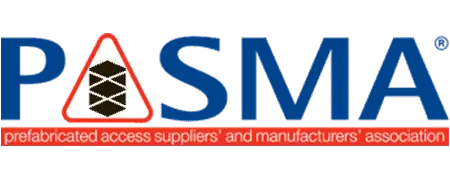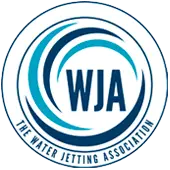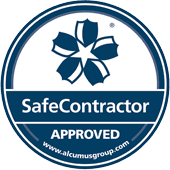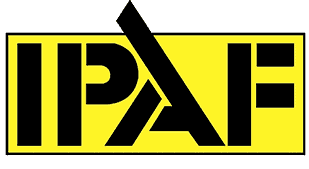How often do you check your roof or get it inspected by a professional roofer? According to the experts, you should have it inspected at least once every two years!
However, this rarely happens and homeowners generally forget about their roofs - at least until there's a problem. Unfortunately, by this time the damage is done; leaks in the loft space often remain undetected for months, caused by shifting or broken tiles that have been dislodged or cracked due to accumulated dirt and organic growth (like moss and lichen).
You're left with costly repairs or roof tile replacement, maybe even the hefty expense of a new roof!
A dirty roof also reduces the energy efficiency of your home and diminishes its appeal and value, while a clean roof does exactly the opposite.
Whether you invest in regular inspections or not is entirely up to you. But you can extend your roof's lifespan and reduce the risk of damage by getting it cleaned.
In this blog by the London Power Washing Team, we're looking into the cost of roof cleaning, specifically in the London area.

To kick off our roof cleaning cost guide, we're going to look at the various factors that may affect the overall cost.
And we'll start with the obvious one...
A professional roof cleaner will usually charge per square metre for roof cleaning. This means, of course, that a large roof will cost more than a small roof.
Even so, it's not as simple as that. Aside from the size in square metres (or feet), the complexity, pitch and shape will make a difference to the roof cleaning cost.
A complex design or shape may require special methods and equipment to tackle, resulting in a higher cost.
The following guide compares the average roof sizes for different properties and should help you understand where your home fits in:

Roofs are available in a variety of materials, each with its benefits. Some may require a specialist cleaning method to avoid damage, and this may increase the overall cost of roof cleaning.
Here's a list of the more popular roofing materials used in the UK:
Natural slate holds great appeal, particularly on heritage buildings, although it looks beautiful wherever it's used. With a lifespan of around 150 years, it's known as a 'forever roof' due to its excellent durability. However, this means that you'll typically pay more for slate than other materials.
Synthetic slate is available, and is cheaper and lighter than its natural counterpart, but is still pretty rare in the UK.

Introduced in the early 1900s, asphalt shingles are one of the most common roofing materials in the UK. These are affordable, lightweight and easy to install, but perhaps not as tough and durable as, say, slate or clay tile roofs.
They have an expected lifespan of between 10 and 50 years (with an average lifespan between 15 and 30 years), depending on the style and quality of the tile.
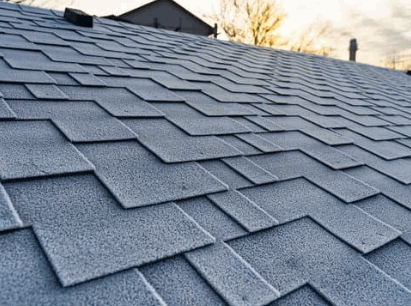
Another popular choice in the UK, clay tiles are available in several shades and styles. They age well, offering durability and increased fire resistance.
While the earthy terracotta tone is common, they are available in different shades. Clay roofs are said to last between 50 - 100 years, although much depends on the level of care they receive. They are pretty robust, although they can crack during extremely cold weather.

According to the statistics, concrete tiles are the most popular option, accounting for 60% of all roofs in the UK. That's probably because they are durable and cheaper to make than many other types.
They're also available in several colours and shapes, allowing for a wider range of designs, which is why they're often seen on new housing developments.
As for lifespan, you can expect your concrete roof tiles to last between 30 - 60 years with the appropriate care and maintenance.
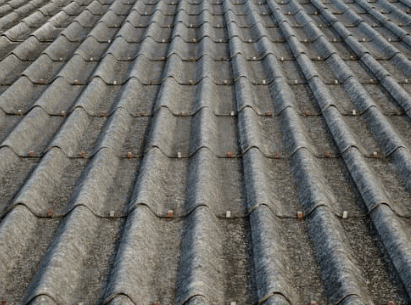
Instead of tiles, some homeowners opt for a metal roof, such as zinc, copper and steel. While they require a larger initial investment, they tend to last between 40 and 70 years (with some having a projected lifespan of 100 years!).
Metal roofs also have the advantage of being lightweight, and most are recyclable.
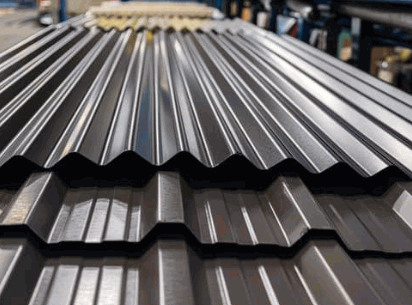
Some London streets are narrow and parking is problematic. Trees also cause issues, making it difficult to manoeuvre equipment close to the property. Buildings in London are often squeezed in close together to maximise the use of premium land space, which makes access to certain areas very challenging.
All of this requires careful planning to overcome any obstacles, and certain contingencies may incur additional costs.
There's a range of different roof cleaning methods available, and professional roof cleaning companies will always select the most suitable method for the roof types in question.
Here are some of the more popular methods that your roof cleaning company might suggest:
Soft washing is a great alternative to high-pressure washing, as it uses water delivered at low pressure alongside a biodegradable cleaning solution. The solution is sprayed on and left to soak in for a while to allow it to break down the dirt and kill moss, mould and algae growth.
This is then rinsed off thoroughly, again using a low-pressure water jet.

A very popular and effective method that uses cold water to blast away debris, dirt and grime. It's also handy for moss removal, although it can struggle to deal with tough stains and is too powerful for some tiles.
If you pressure wash a roof, it's vital to use the correct pressure setting to avoid damaging the tiles.

Similar to a pressure washer, this machine relies on a powerful jet of water, although in this case the water is heated. This makes it more effective at dealing with grime, including bird droppings and heavy stains. It requires skill and precision to use this machine correctly without damaging the roofing materials.
As with pressure washing, the power can be adjusted to prevent damaging or dislodging roof tiles.

DOFF cleaning is a gentle, steam-based cleaning system that uses high-temperature, low-pressure steam to remove organic growths like algae, moss, and lichen from roofs without damaging delicate surfaces.
It's especially suitable for older or historic buildings because it avoids harsh abrasives and chemicals, relying instead on steam at around 150°C to effectively clean while preserving the integrity of roof tiles. DOFF is often used for roofs with natural stone or clay, as it thoroughly cleans without the risk of cracking or damaging the materials.

TORC cleaning is a specialised method that uses a swirling vortex of low-pressure water, air, and an inert granulate to remove tough stains, atmospheric pollutants, and grime from roofs. Designed for more robust cleaning, TORC is particularly effective on harder roof surfaces and for removing more ingrained dirt or pollutants.
It’s often used for historic buildings as well but is preferred on resilient surfaces like stone or brick, where its controlled abrasive action can restore surfaces without causing damage.

Like the DOFF system, this method uses a jet of steam to clean and sanitise the roof space. However, steam cleaning relies on a high-pressure delivery, making DOFF the gentler option. While DOFF is recommended for heritage sites and listed buildings, steam cleaning may damage the materials.
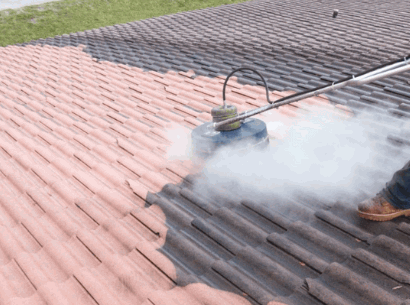
This method uses hoses with long lances attached (several metres in length), allowing the contractors to remain at ground level while working. They use purified water which is sprayed through a brush at the end. This is ideal for shifting light dirt and grime, so is best used for regular cleaning.
Water-fed poles are suitable for fragile tiles and shingles where walking on the roof isn't recommended, or for higher areas that are difficult to reach.

Moss removal is exactly what it says: the moss is removed from your roof by hand using special scrapers that won't cause tile damage. The cleaners usually also apply a biocide treatment to prevent future moss growth.
In case you're wondering, it's important to remove moss as it absorbs and retains moisture. This freezes and thaws in winter, which pushes tiles and shingles apart. Moss also attacks the surface of the tiles, eventually causing them to crack. Water makes its way into the structure, resulting in roof damage from damp and rot.
So, it's essential to make your roof as moss-free as possible! The final cost will depend on how much moss is present.
For more detailed information check this post "How to clean roof moss".

When you have your roof cleaned, your chosen roof cleaning service may offer extra services, such as gutter cleaning, moss prevention treatment, window cleaning, or roof sealing/painting (applying a protective coating to the roof surface).
All of these options are good investments, but do discuss them with the contractor and only go ahead with those that you are happy with. Make sure you have written confirmation of the scheduled work so there's no confusion as to what is taking place and what you are paying for.
Another potential extra cost relates to safety precautions. Cleaning roofs can be a dangerous undertaking, and the contractors must take all necessary safety measures. For example, they may use a cherry picker to reach the roof, but scaffolding may be a better choice in some cases.
With all this information in mind, let's check out some roof cleaning cost examples that you'd expect from a professional cleaning company.
This process generally involves applying a gentle, eco-friendly solution to avoid damage to the tiles. Because clay and slate roofs are common in London, there’s a high demand for moss removal, which can lead to higher prices, especially with added biocide treatments to prevent future growth.
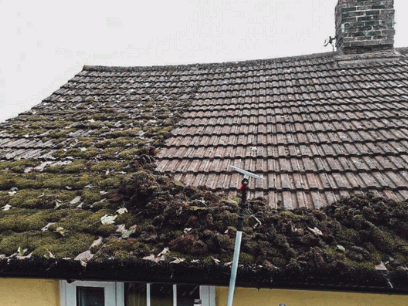
Flat roofs often accumulate dirt and algae, particularly in city environments. Pressure washing is effective and generally more affordable, but these prices reflect higher labour costs in London. If the roof needs waterproof sealing afterwards, that could add an additional £100 - £200.

Metal roofs, although durable, can accumulate dirt, algae, and pollution stains over time, especially in urban environments. Low-pressure washing helps avoid any damage to the metal coating, while the specialised detergent prevents corrosion and gives the roof a clean, polished look.
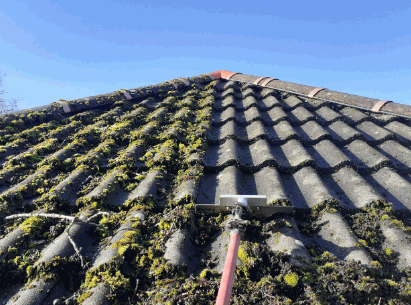
Concrete tiles are durable but often accumulate moss and lichen, frequently resulting in damage to the ridge tiles and roof valleys. This type of cleaning is more labour-intensive and sometimes requires scaffolding for safety, especially on larger houses.

This job needs an expert hand, so always hire roof cleaning services you can rely on. Check out a few quotes, but always look at reviews from customers to get an idea of how reliable and professional the company is. At the London Power Washing Team, we are proud of our competitive prices and our long list of satisfied customers!
While you might want to save money by cleaning your own roof, it's rarely a good idea. First, you need to use the right method to give your roof a thorough cleaning, and that's not always possible without professional equipment and experience.
You'll also need to take safety measures to minimise the risk of accidents or injury; professionals take every precaution and are fully insured.
So, now you have plenty of information to help you make the right decision and get your roof clean. And if you need further advice or assistance, the London Power Washing Team is waiting for your call.
